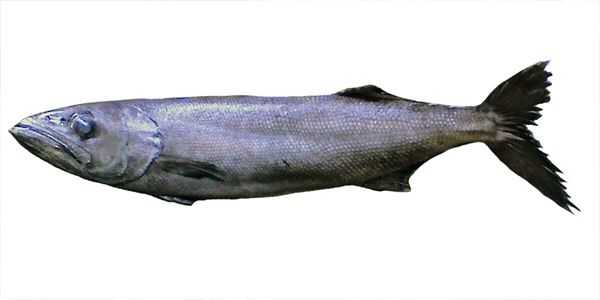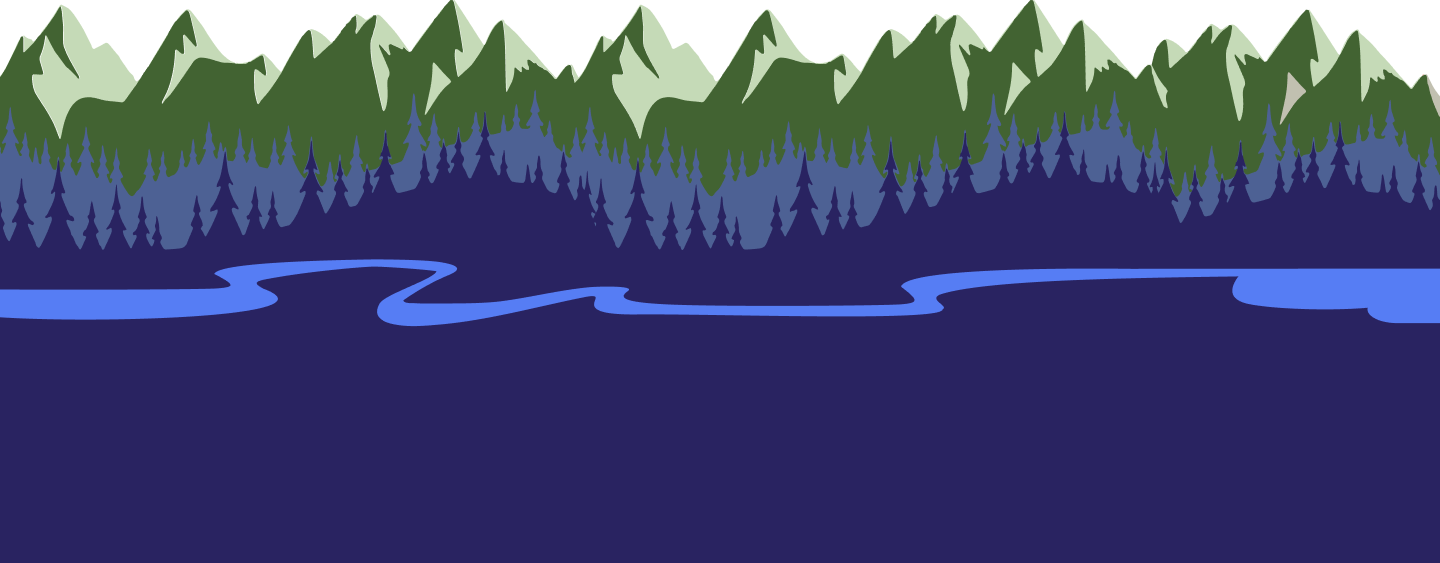Oilfish

Species Details
Ruvettus Pretiosus
Gempylidae
Perciformes
Offshore
140 lbs.
59" - 120"
Oilfish (Ruvettus pretiosus) Fish Description
The Oilfish is a snake mackerel that remains the only species under its genus. It is usually confused with its relative named Escolar (Lepidocybium flavobrunneum) which contains a high amount of oil as well. The Oilfish is also related to bonitos, mackerels, tunas, and butterfishes, among others.
The Oilfish possesses large eyes, and a torpedo-shaped body covered in dark colored scales, making its skin rough. Its body is brown to dark brown with black tips on its pelvic and pectoral fins. It has 13 to 15 dorsal spines with 15 to 18 dorsal soft rays. It has no anal spine but has 15 to 18 anal soft rays.
Eating too much Oilfish causes keriorrhea which means “flow of wax”.
Diet and Size
The Oilfish are carnivorous; they mostly feed on crustaceans, squid, and small fishes. Generally, they can eat anything easy enough to catch and small enough to devour.
Most Oilfish only measure up to 59 inches but they can grow up to 120 inches.
Interesting Facts About the Oilfish
- The Oilfish is edible but it is very oily; its oil is made of wax esters that are not digestible. People who eat Oilfish may suffer from its purgative side effect (having anal leakage to severe orange diarrhea properly termed keriorrhea), vomiting, and abdominal cramps. It may also be accompanied by headaches and nausea.
- Italy and Japan have already banned Oilfish due to the side effects of too much consumption. In Australia, people who prepare the Oilfish must tell their customers about the possible effects of eating this kind of fish.
- Some sellers intentionally mislabel Oilfish as codfish to profit; several countries have already warned their citizens against this mislabeling due to the number of cases involving the high consumption of Oilfish leading to some gastrointestinal problems.
- Approximately 20 to 25 percent of the Oilfish’s body weight is composed of wax esters. Since this substance cannot be absorbed by the Oilfish’s system, it simply accumulates in its muscles and skin.
- Wax esters are technically called “gempylotoxin”.
- Apart from wax esters, Oilfish also contain high levels of mercury.
Oilfish— Fishing Techniques
Globally, countries like Australia, the United Kingdom, the US, Sweden, and Germany have already issued health advisories telling their citizens to be wary of eating Oilfish. Despite the health-related cases associated with Oilfish consumption, this species is vulnerable to overfishing because its meat is tasty, succulent, and buttery. Despite its unpleasant gastrointestinal effects, eating Oilfish does not lead to death.
In certain places, the Oilfish are caught using the “palu”, a specialized hook. More commonly, one-way anglers can ensure capturing the Oilfish is to use a deep drop tackle with an electric reel. Sometimes, the Oilfish are accidentally caught in traps for tuna and swordfish. This fish remains a species of least concern according to the IUCN.
Habitat and Distribution
The Oilfish are found in temperate and tropical oceans with waters as deep as 660 feet to 1,310 feet. They are located in the middle Atlantic, the Mediterranean, and the southern seas.
The Oilfish is a benthopelagic species that love deep waters. They inhabit areas along the seafloor and water columns.






